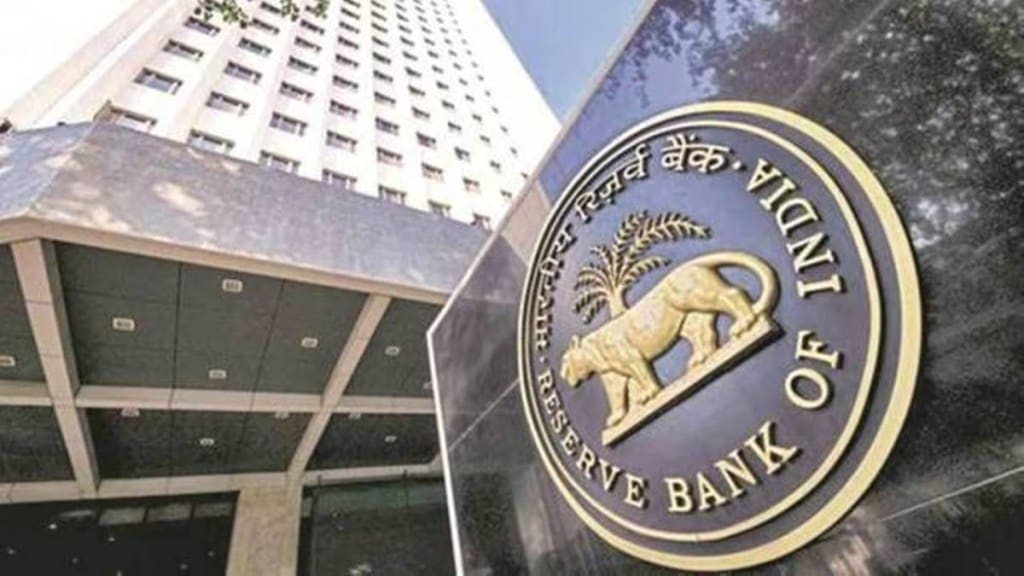Notwithstanding the Economic Survey 2023-24 making a pitch for an inflation targeting “excluding food”, Reserve Bank of India governor Shaktikanta Das on Wednesday said the Monetary Policy Committee can’t afford to do so “in (the current) environment of persisting high food inflation.” He, however, added that the RBI-MPC may “look through high food inflation if it is transitory.”
Economists who FE spoke to on Thursday said that as high food inflation “adversely affects” households inflation expectations, and subsequently underlying (core) inflation, it’s only logical for the Reserve Bank of India to target the headline CPI inflation rate, which includes the food component, for its monetary policy actions.
The MPC has to remain “vigilant” to prevent spillovers or second round effects from persistent food inflation and preserve the gains made so far in monetary policy credibility, the governor added.
Garima Kapoor, economist, Elara Securities said that food prices tend to have a 60% correlation with households’ inflation expectations, suggesting “one cannot ignore food prices in setting monetary policy decisions”.
Also, calculation shows that every 1% increase in food inflation impacts core inflation by 15-18 bps. “One can certainly make a case for a reduced weight for food prices in the CPI basket in line with changing consumption dynamics, but completely eliminating food prices from RBI’s reaction function would be incorrect,” said Kapoor.
Das said that persistently high food inflation and unanchored inflation expectations – if they materialise – could lead to spillovers to core inflation through pick-up in wages on cost-of-living considerations. “This, in turn, could be passed on by firms in the form of higher prices for services as well as goods, especially in a scenario of strong aggregate demand,” he said while adding that these behavioural changes can then result in overall inflation becoming sticky, even after food inflation recedes.
It is appropriate to have headline inflation as target for monetary policy rather than core inflation for all the reasons the Governor mentioned, and to manage the fiscal and supply side appropriately, noted Abhishek Upadhyay, senior economist, ICICI Securities Primary Dealership.
Sakshi Gupta, principal economist, HDFC Bank said that food inflation has stayed above the 6% mark, with certain items like cereals and pulses also seeing double digits inflation, for more than a year. Any continued persistence in food inflation is a risk for household expectations, which is being highlighted by the Governor.
The Economic Survey had said that higher food prices are, more often, not demand-induced but supply-induced, while short-run monetary policy tools are meant to counteract price pressures arising out of excess aggregate demand growth, it noted. Therefore, “deploying them to deal with inflation caused by supply constraints may be counterproductive,” the survey had noted.
As per the extant framework, introduced in 2016, the RBI is mandated to keep CPI inflation at 4%, with a margin of 2% on either side. Currently, the headline print stands at 5.08% (June); and for the full fiscal year FY25, it’s projected to average 4.5%.
Food inflation, based on the Consumer Food Price Index (CFPI), stood at 9.36% in June, and stayed above the 6%-mark for 12 straight months. In FY24, food inflation had averaged 7.5%, and so far in Q1, it has averaged 8.9%. The headline rate, on the other hand, averaged 5.4% and 4.9%, in the respective periods. Core inflation, however, has been hovering around 3% since January.
Gupta said that unless the share of food drastically reduces in the CPI basket from the current level (of 40%), there is a weak case of excluding food from the inflation targeting regime.

